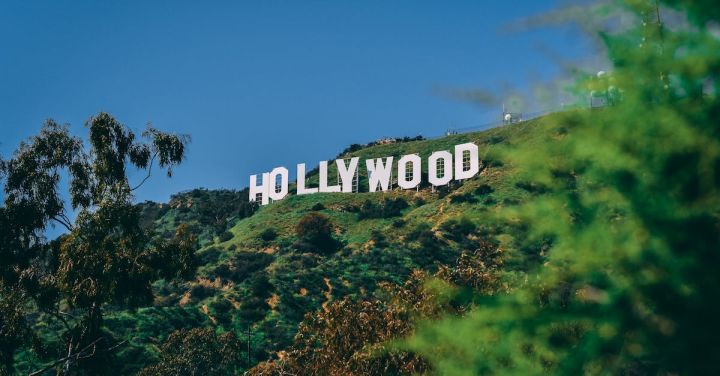Trains have been an integral part of Hollywood films since the early days of the silver screen. From action-packed thrillers to romantic classics, trains have provided the perfect backdrop for countless memorable movie moments. Whether serving as a symbol of adventure or a means of escape, trains have captured the imagination of filmmakers and audiences alike.
One of the earliest examples of trains in Hollywood can be found in the 1922 silent film “The Iron Horse.” Directed by John Ford, this epic Western tells the story of the construction of the first transcontinental railroad. The film’s stunning cinematography and realistic train sequences set a new standard for the portrayal of trains onscreen. It was a groundbreaking achievement that would pave the way for future train-centered films.
In the years that followed, trains became a staple of Hollywood’s golden age. In Alfred Hitchcock’s classic thriller “Strangers on a Train” (1951), a chance encounter on a train leads to a deadly pact. The film’s tension-filled scenes aboard the moving train add a sense of claustrophobia and urgency to the narrative. It is a prime example of how trains can be used as a cinematic tool to heighten suspense and create a sense of unease.
Trains have also been used to evoke a sense of romance and nostalgia in Hollywood films. In the 1945 film “Brief Encounter,” directed by David Lean, a chance meeting between two strangers on a train blossoms into a passionate love affair. The train becomes a symbol of forbidden desire and the fleeting nature of their relationship. The film’s iconic closing scene, set against the backdrop of a departing train, perfectly captures the bittersweet emotions of love and loss.
Trains have also played a prominent role in action films. In the 1994 blockbuster “Speed,” a Los Angeles city bus is rigged with a bomb that will detonate if the bus drops below 50 miles per hour. As the bus hurtles through the city streets, the tension is palpable. The film’s thrilling train sequence, in which the bus must jump a 50-foot gap in a partially destroyed bridge, is a heart-pounding moment that showcases the power and excitement of trains in Hollywood.
In recent years, trains have continued to be featured prominently in Hollywood films. In Christopher Nolan’s 2010 science fiction thriller “Inception,” a train becomes a key element in the film’s mind-bending plot. The train sequences, shot on location in Paris, provide a visually stunning backdrop for the film’s action-packed dream sequences. The film’s use of trains as a symbol of the subconscious adds a layer of depth and complexity to the narrative.
Trains have also found their way into animated films. In Pixar’s 2011 hit “Cars 2,” a group of anthropomorphic vehicles travels to different countries to compete in a World Grand Prix. One of the most memorable sequences in the film takes place aboard a high-speed train in Japan. The train, with its sleek design and futuristic technology, perfectly captures the spirit of innovation and adventure.
In conclusion, trains have played a significant role in Hollywood films throughout the years. From epic Westerns to thrilling action films and romantic classics, trains have provided filmmakers with a versatile and visually compelling backdrop. Whether used to evoke a sense of suspense, romance, or adventure, trains have become an iconic symbol of the silver screen. As long as there are stories to be told, trains will continue to captivate audiences and transport them to new cinematic heights.
